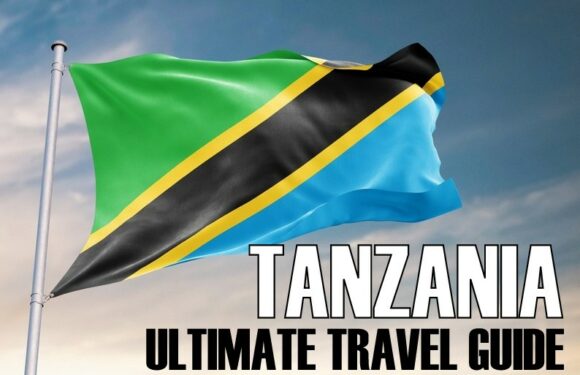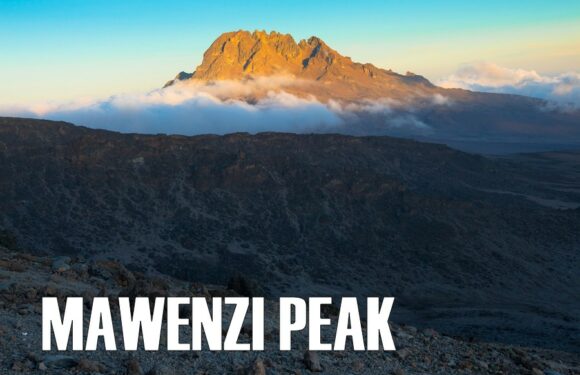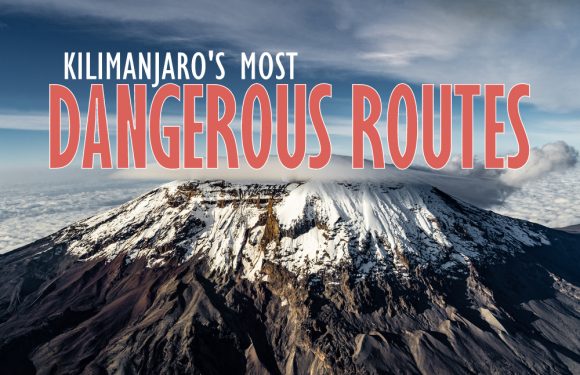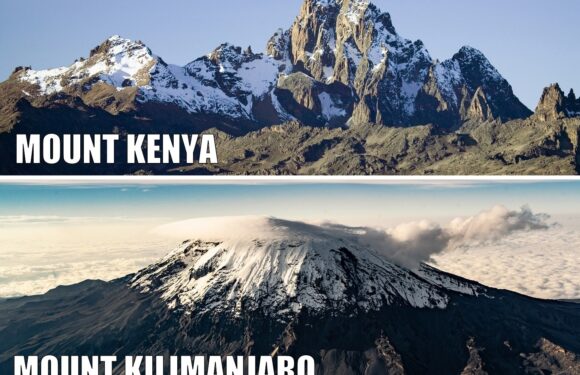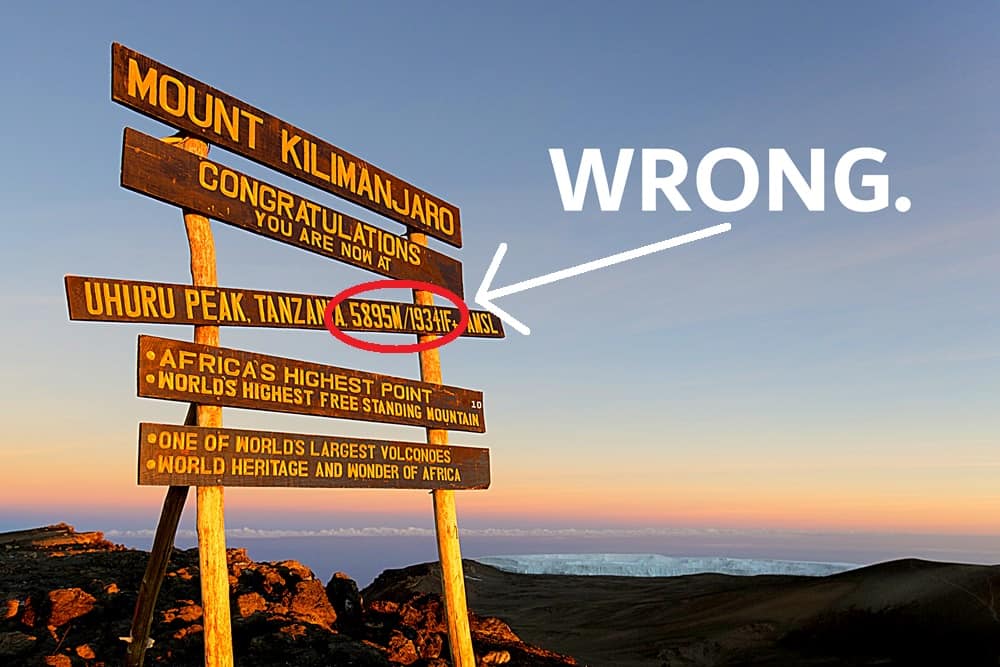
Mount Kilimanjaro is commonly reported to be 19,341 feet (5,895 meters) tall. However, more recent measurements have put Kilimanjaro’s height at 19,324 feet (5,890 meters), about 17 feet shorter than previously believed.
In this article, we will discuss Kilimanjaro’s true height and how the mountain’s elevation compares to other high peaks and famous buildings.
Historical Measurements of Mount Kilimanjaro
The height of Mount Kilimanjaro has been a subject of study for centuries.
Hans Meyer Estimate
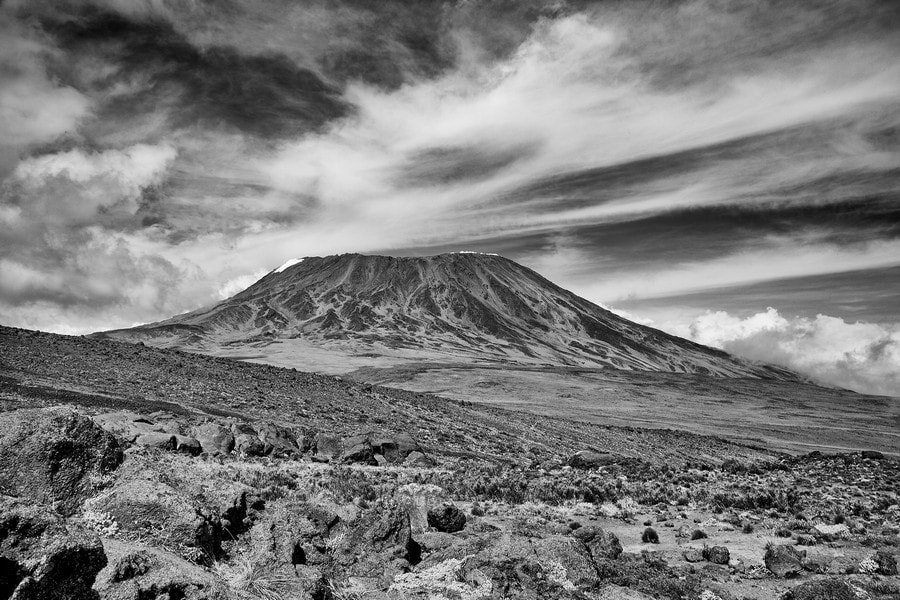
Hans Meyer, the first person to reach the summit in 1889, estimated that Kilimanjaro was 19,833 feet (6,045 meters) tall. It was an ambitious number, but not a bad guess considering the technological limitations of that time.
British Ordinance Survey of 1952
In the early 20th century, the height of Kilimanjaro had been a subject of speculation and varying estimates. In1952 British cartographers used triangulation points to provide a more accurate and authoritative figure for Kilimanjaro’s height. They calculated the peak to be 19,341 feet (5,895 meters) tall.

This represented a significant milestone in the history of documenting the mountain’s highest point. The measurement is still widely used and recognized as Kilimanjaro’s height in academic and climbing communities around the world. In fact, the wooden sign post on the summit of Kilimanjaro displays this figure.
MOUNT KILIMANJARO / CONGRATULATIONS / YOU ARE NOW AT UHURU PEAK, TANZANIA / 5895M/19341FT AMSL / AFRICA’S HIGHEST POINT / WORLD’S HIGHEST FREE STANDING MOUNTAIN / ONE OF THE WORLD’S LARGEST VOLCANOES / WORLD HERITAGE AND WONDER OF AFRICA
The importance of the 1952 measurement lies not only in its role in setting a standard for the mountain’s height but also in its impact on subsequent studies. This measurement provided a base figure that would support a wide range of scientific research, including studies on climate change, glacial retreat, and geological activity. Additionally, it was utilized in the planning and execution of climbing expeditions.
Most Recent Measurements
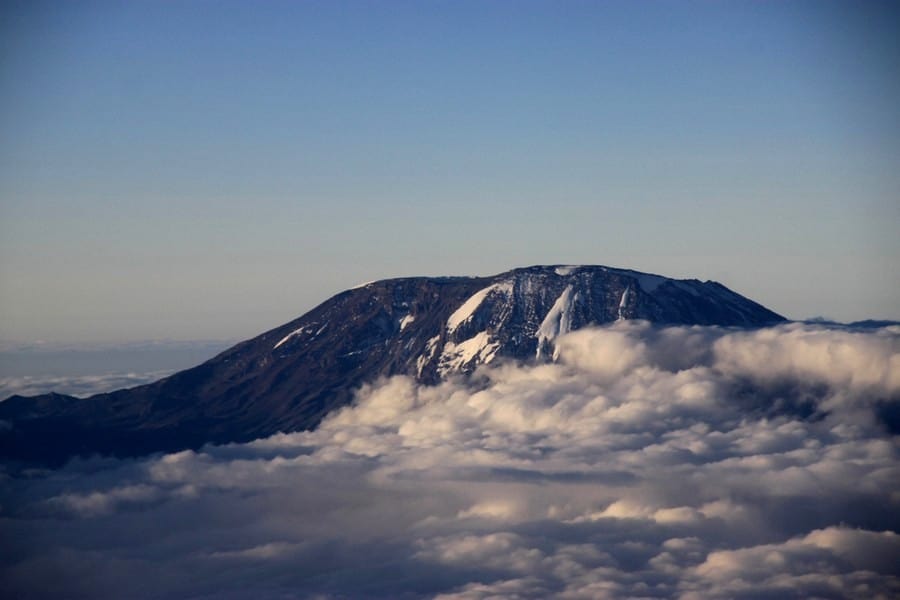
Over the years, technological advancements have enabled more precise measurements of Kilimanjaro’s height. The most recent significant measurements were conducted in 1999 and 2008, using GPS technology and gravimeter methods. These studies found the mountain to be 19,330 feet (5,892 meters) and 19,324 feet (5,890 meters) tall, respectively.
Most Accurate Measurement of Kilimanjaro
The general consensus among scientists is that the 2008 figure represents the most accurate height of Kilimanjaro. Therefore, Mount Kilimanjaro is 19,323 feet (5,890 meters) tall. Experts believe this measurement to be the most reliable to date, reflecting technological advancements in surveying and a better understanding of geodetic principles.

The slight discrepancies in height over the years, from the 1952 British cartographers’ measurement to the 1999 GPS-based measurement, and finally to the 2008 figure, highlight the challenges in determining such elevations with absolute precision. It’s also important to note that natural factors such as glacial melt and geological activity could potentially alter the mountain’s height over time, albeit slightly. Therefore, ongoing monitoring and periodic re-measurements are crucial for maintaining accurate data on Kilimanjaro’s elevation.
On the Ultimate Kilimanjaro website, we defer to the 1952 measurement of 19,341 feet (5,895 meters) for Kilimanjaro’s height. This is the most commonly accepted figure, which also matches the sign board at the summit. We believe that using the updated measurement would cause unnecessary confusion.
Kilimanjaro Among the World’s Highest Peaks
In the grand scheme of the world’s highest peaks, Mount Kilimanjaro doesn’t rank within the top 200. This is primarily due to the incredible heights of mountain ranges like the Himalayas in Asia and the Andes in South America. However, in the context of the Seven Summits—the highest mountains on each of the seven continents—Kilimanjaro is the fourth highest and the highest mountain in Africa.

The Seven Summits:
- Mount Everest (29,032 feet / 8,849 m) in Asia
- Aconcagua (22,829 feet / 6,962 m) in South America
- Denali (20,320 feet / 6,190 m) in North America
- Mount Kilimanjaro (19,341 feet / 5,895 m) in Africa
- Mount Elbrus (18,510 feet / 5,642 m) in Europe
- Mount Carstensz (16,023 feet / 4,884 m) or alternatively Mount Kosciuszko (7,310 feet / 2,228 m) in Oceania
- Mount Vinson (16,067 feet / 4,892 m) in Antarctica
Kilimanjaro Among the World’s Iconic Buildings
To truly appreciate the magnitude of Mount Kilimanjaro, it’s helpful to compare its elevation to the heights of some of the world’s most recognizable buildings. Such comparisons bring into perspective the sheer scale of this giant.
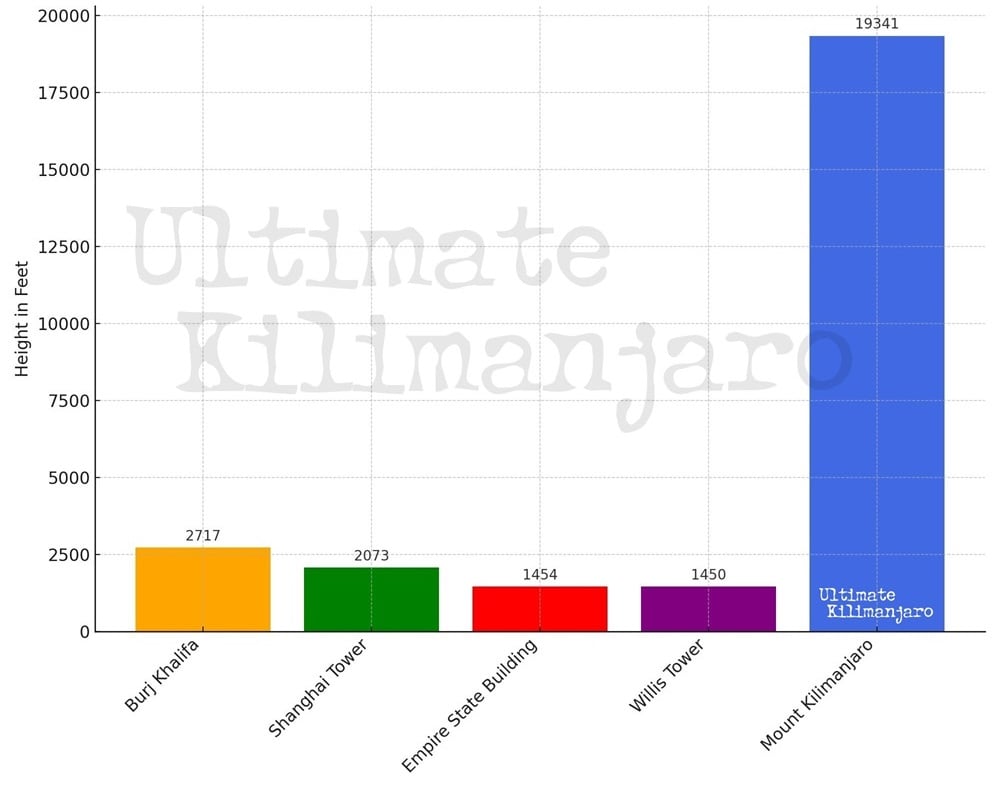
- Burj Khalifa, Dubai: As the tallest building in the world, the Burj Khalifa stands at 2,717 feet (828 meters). Kilimanjaro’s peak is roughly 7 times higher than the Burj Khalifa.
- Shanghai Tower, Shanghai: The second tallest building globally reaches 2,073 feet (632 meters). Mount Kilimanjaro towers nearly 9.5 times higher.
- Empire State Building, New York: The iconic landmark is 1,454 feet (443 meters) high to its tip. Kilimanjaro is nearly 13 times taller.
- Willis Tower (formerly Sears Tower), Chicago: Once the world’s tallest building, this building stands at 1,450 feet (442 meters). Kilimanjaro’s elevation is approximately 13 times taller.
These comparisons highlight Kilimanjaro’s impressive stature and helps people visualize the scale of the challenge that awaits. While skyscrapers represent human ingenuity, Kilimanjaro embodies nature’s creations.




















































